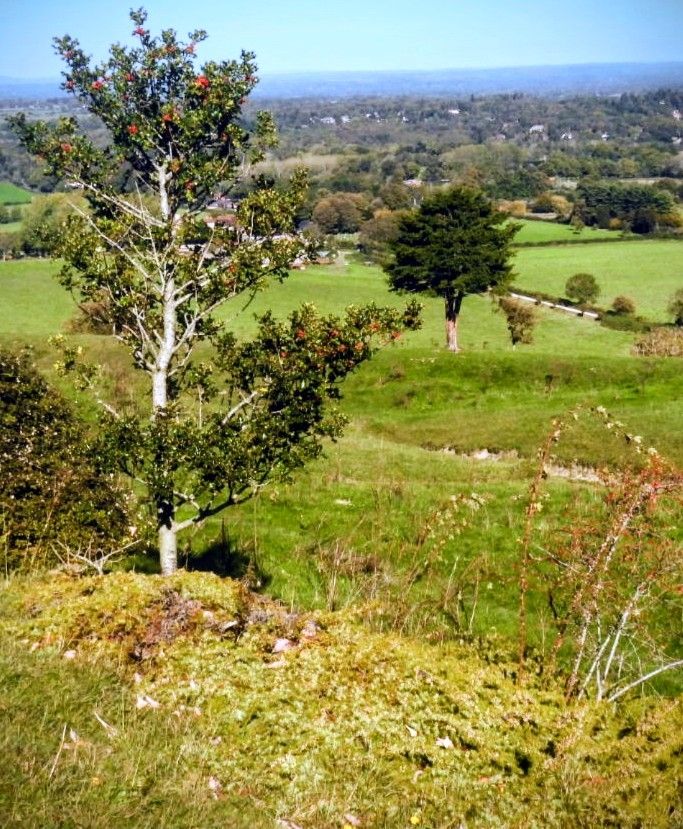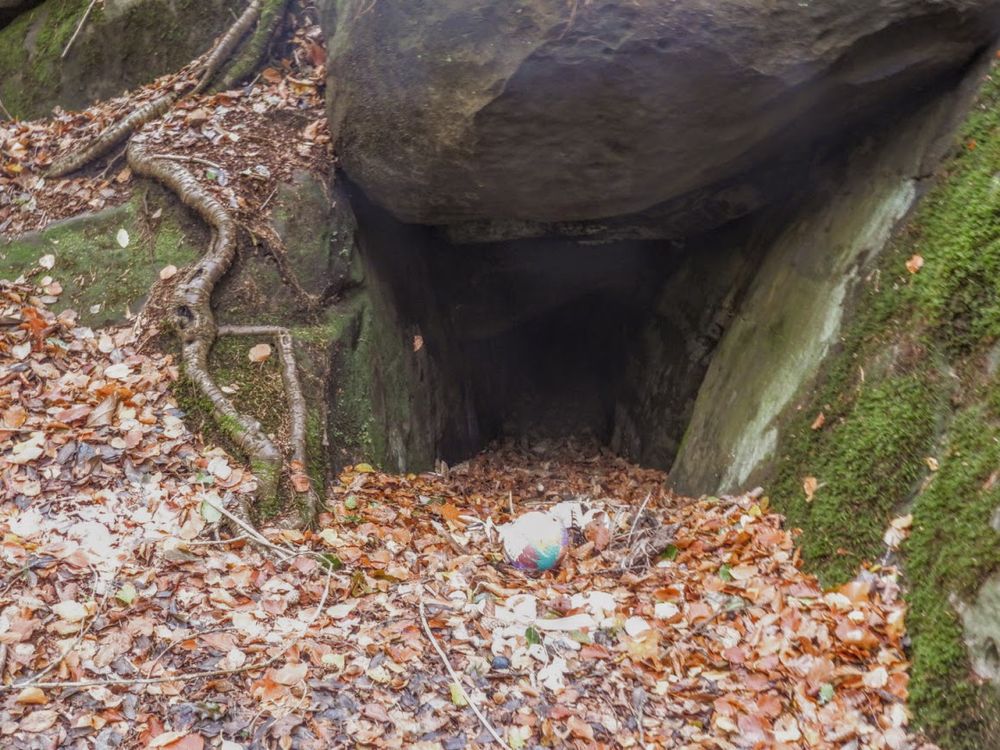Sim Elliott
@sim-elliott.bsky.social
200 followers
97 following
790 posts
Amateur naturalist and eco-socialist, fascinated by the Sussex Downs & Weald, trying to engage everyone, especially disenfranchised groups, in nature. Only travel by bus, train & foot. https://simelliottnaturenotes.blog
Posts
Media
Videos
Starter Packs




















































